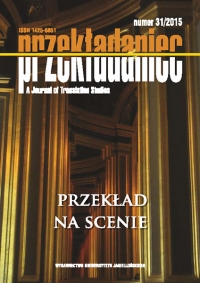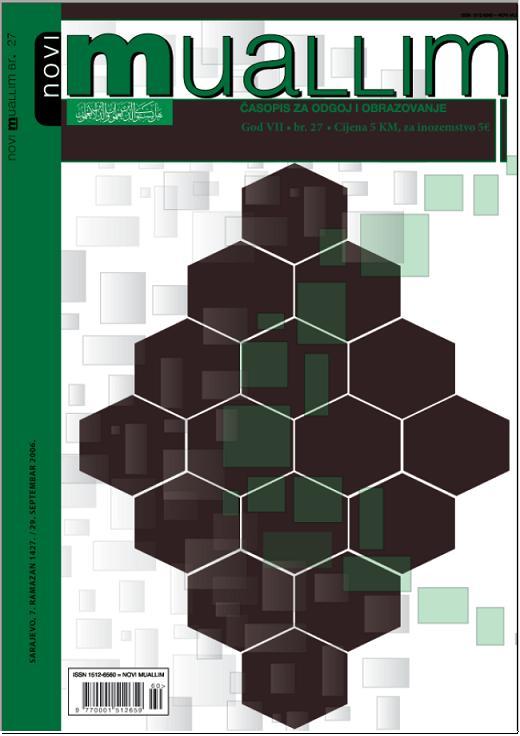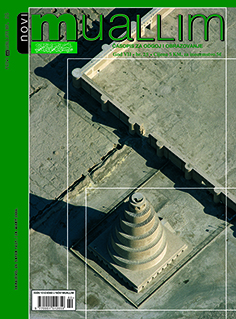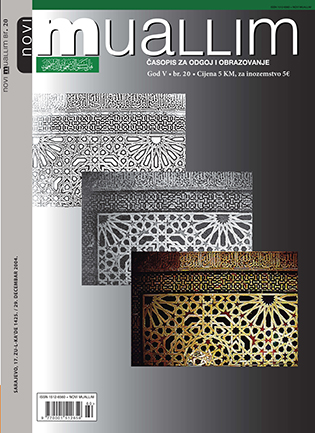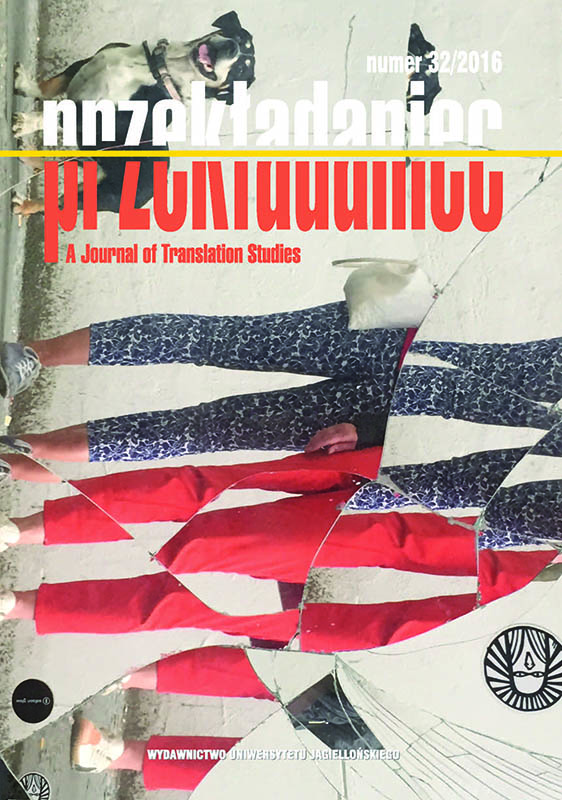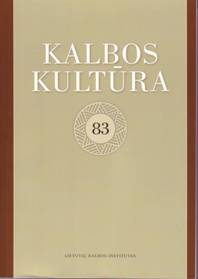
R. Gary Europietiško auklėjimo norminis vertimo ekvivalentiškumas
Translation theories often bring up the issue of translation quality – the equivalence of the text to the original. One type of text equivalence is text normative translation equivalence, which permits a judgement about the quality of the translation in the target language.This article offers a theoretical discussion of the relationship between normative equivalence and the overall equivalence of a translation followed by an examination of the normative equivalence of the Lithuanian language translation of R. Gary’s work, Éducation européenne. The analysis based on the data from the material under examination allows to evaluate the concept of literary normative translation equivalence more accurately, to highlight the actual use of language norms and to consider the importance of the style of an individual author when selecting literary means in the target language.A quantitative and linguistic examination of the target language text has revealed numerous translation errors in lexicon, morphology, syntax and style. The results of the analysis of the translation suggest that there are deficiencies in aesthetic communication and application of translation methodology arising from the failure to take into account differences in the French and Lithuanian nominative and the nature of the grammatical systems. The performed examination, which was based on empirical data, casts doubts on the equivalence of Europietiškas auklėjimas to the original text (Éducation européenne) and raises the question of whether this translation could be publicly presented as a good example.
More...
